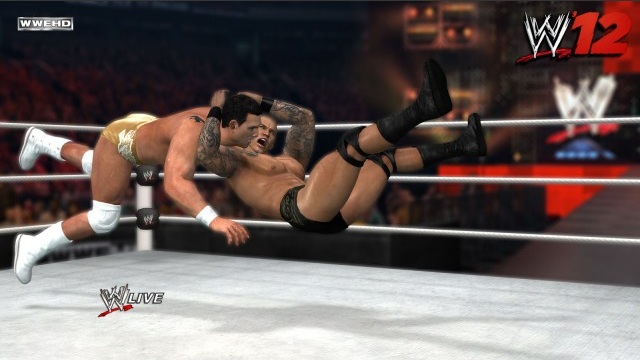Toughing it out.
WWE '12 is an uncomplicated title that deserves an uncomplicated review. THQ has knocked out the "Smackdown vs. RAW" bit for a simpler name, in a fitting sign that it has returned the series to its core gameplay. Apart from several tweaks and additions, WWE '12 doesn't revolutionize the series in any significant way, but instead focuses on tightening…
-
Improved maneuverability and positioning
-
Limb targeting system
-
Almost HUD-less
-
Create an Arena
-
Reliance on reversal system for difficulty
-
Road to Wrestlemania is too basic
-
Why Jacob Cass?
-
Doesn't change the series much











